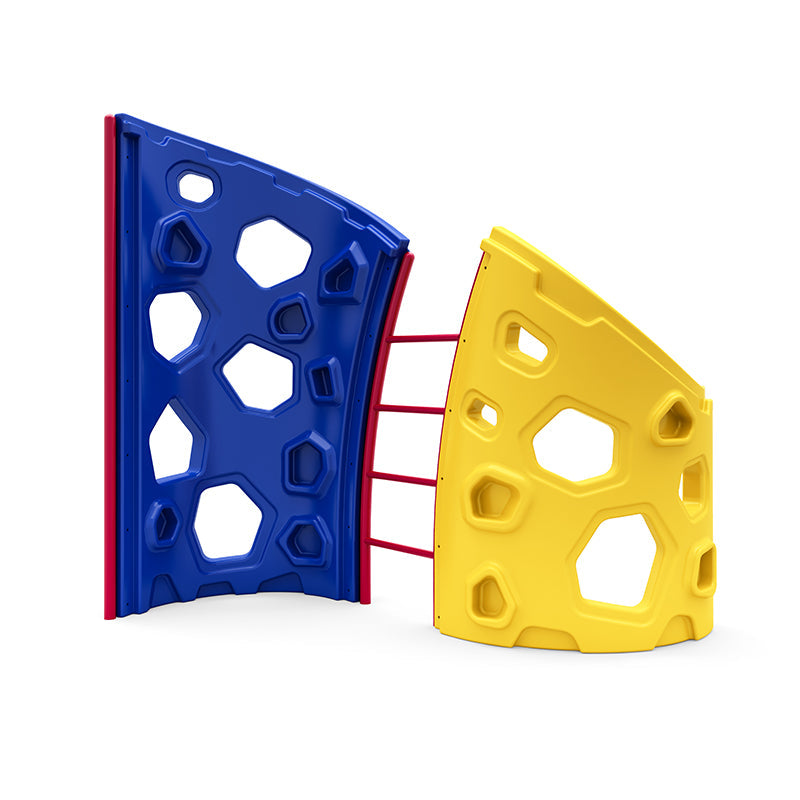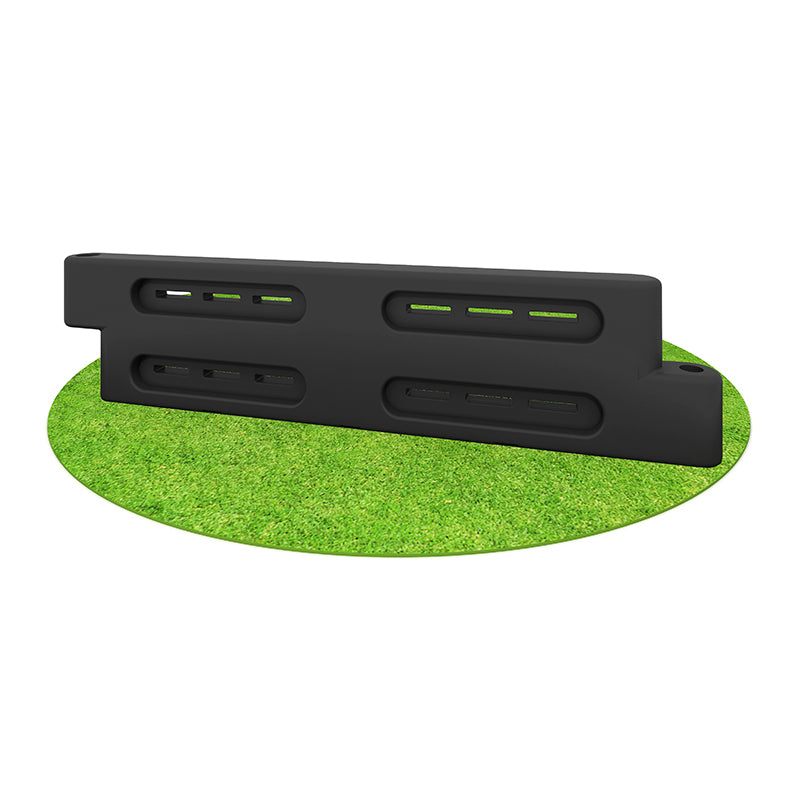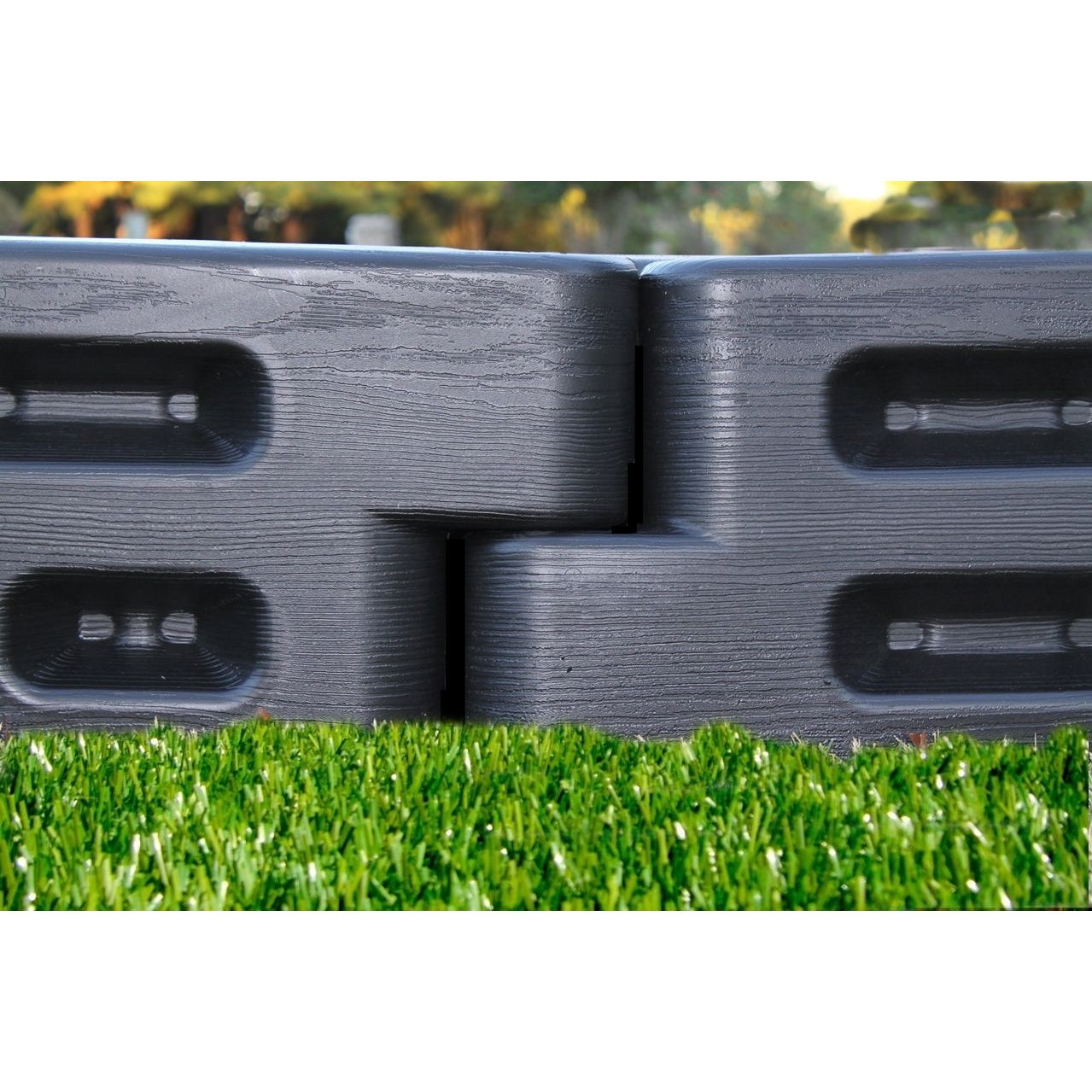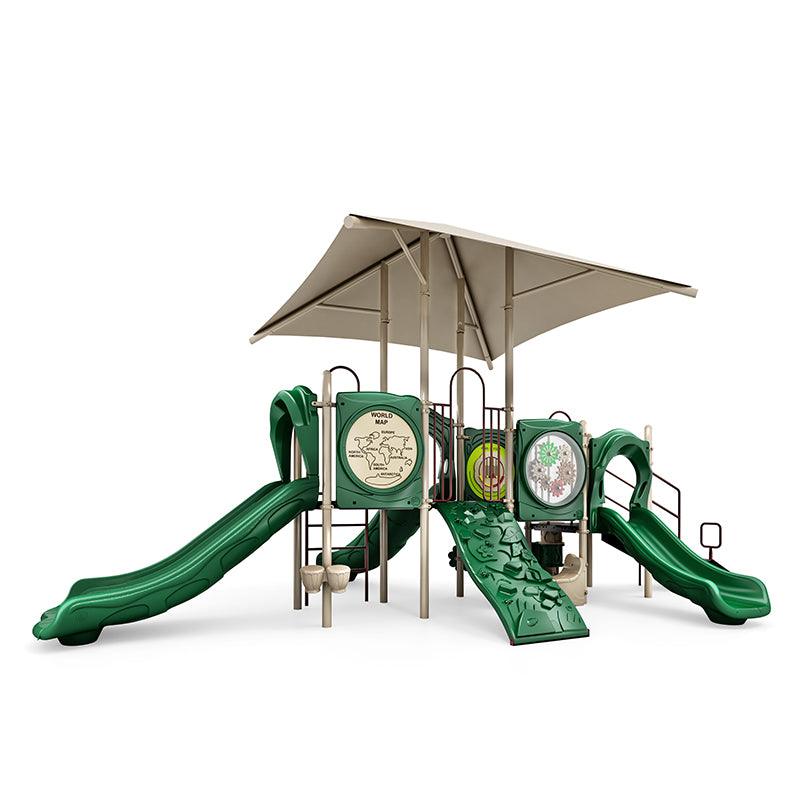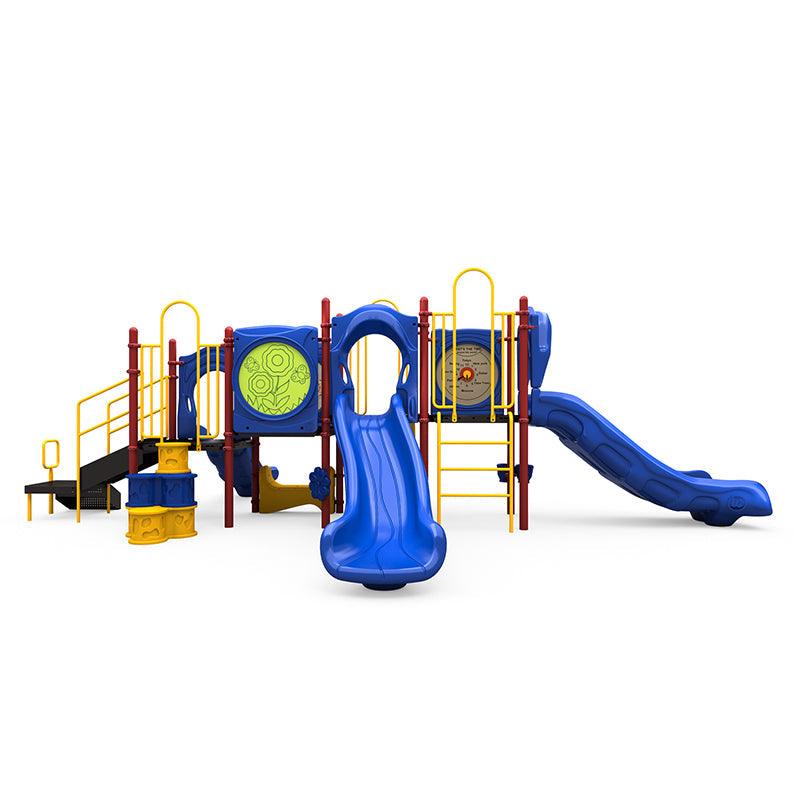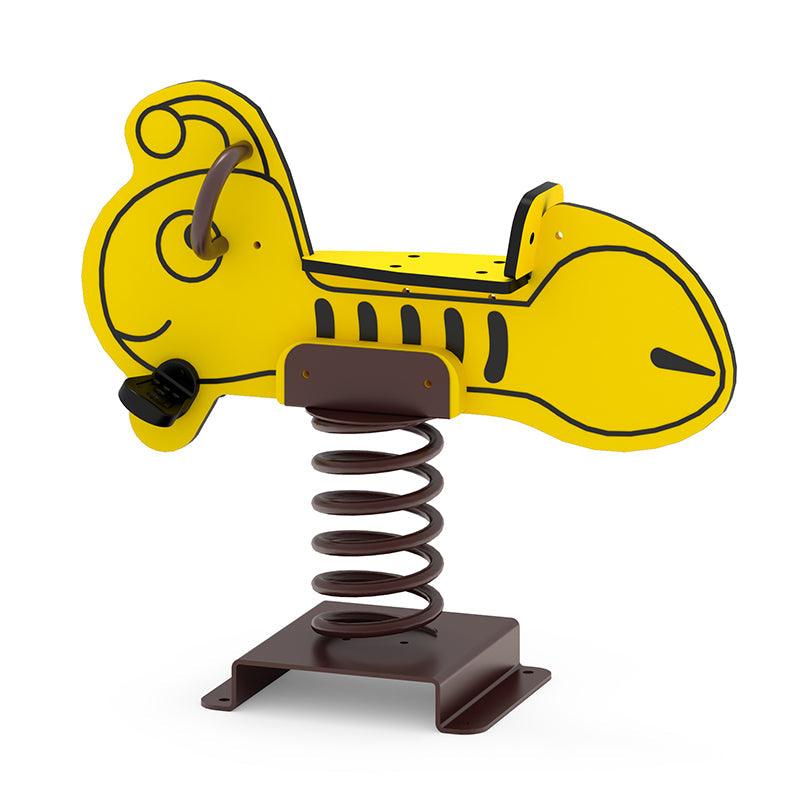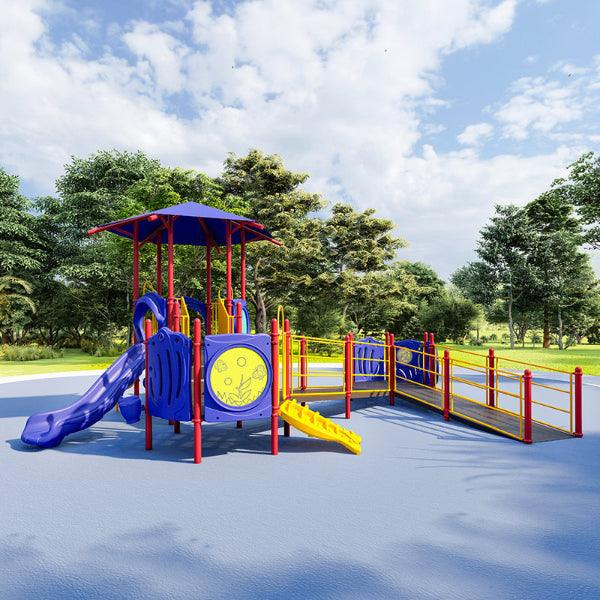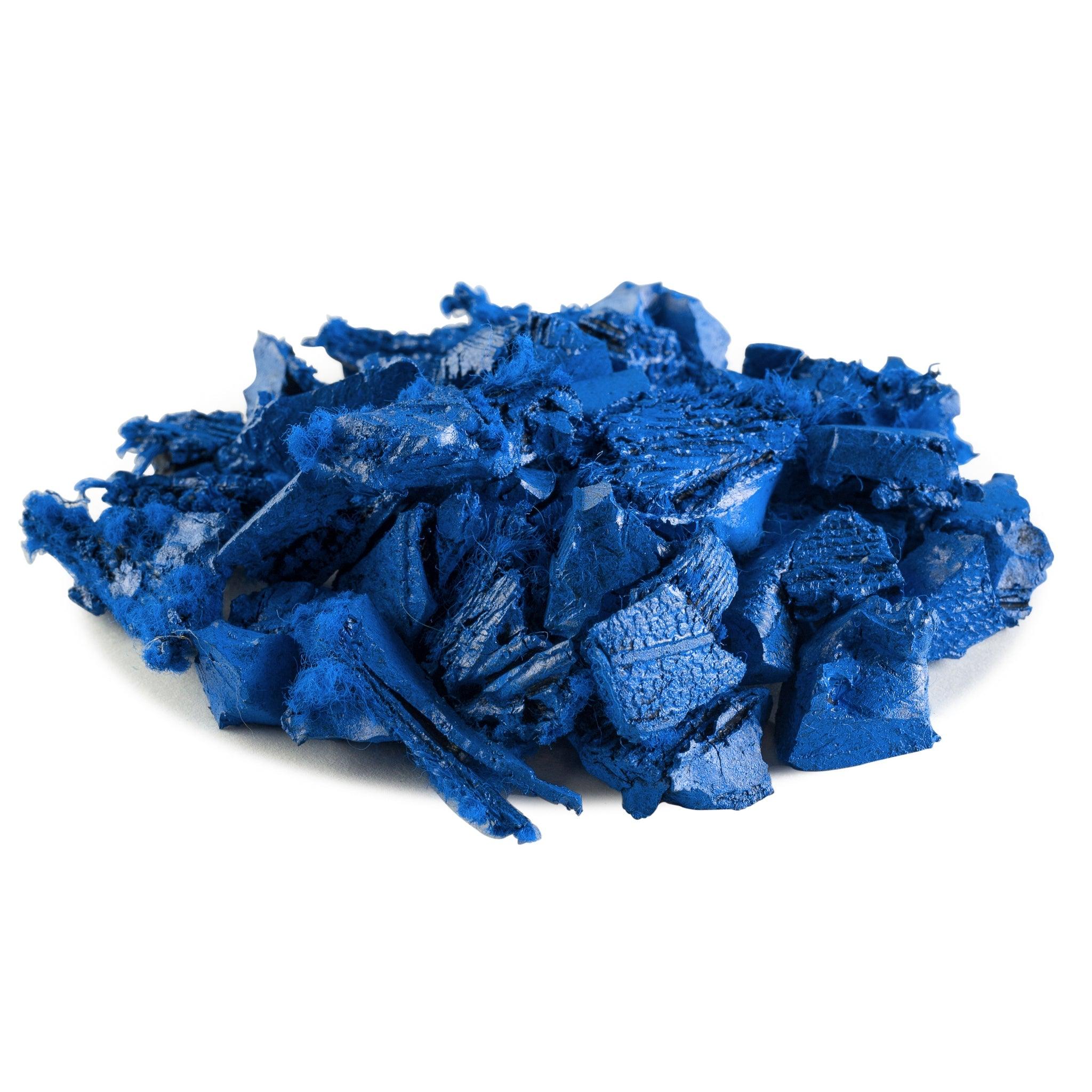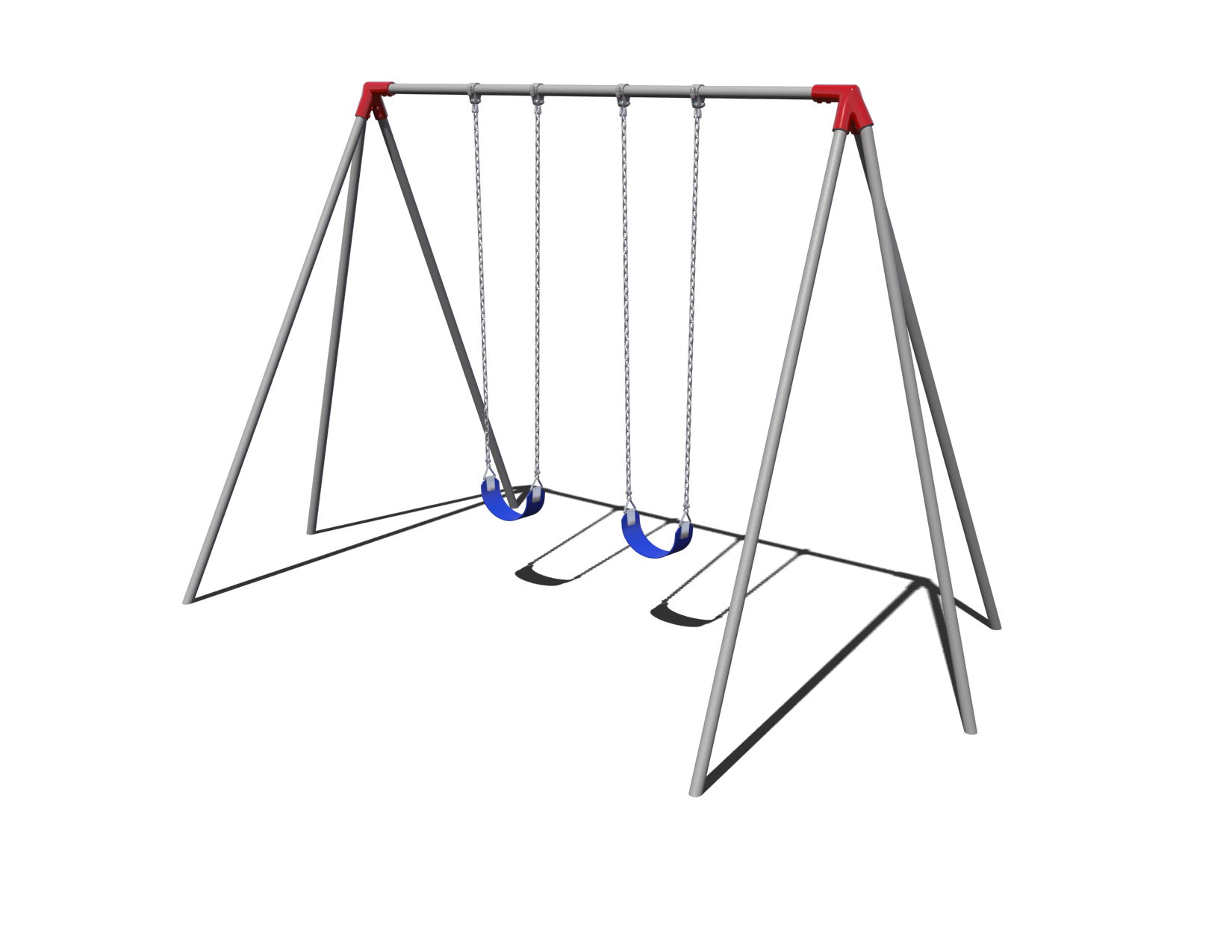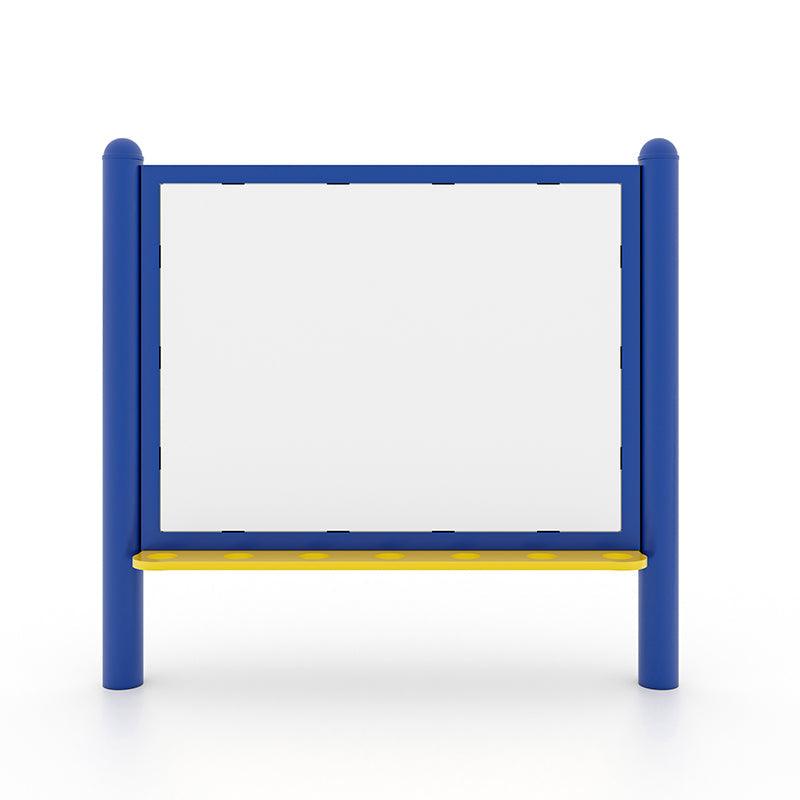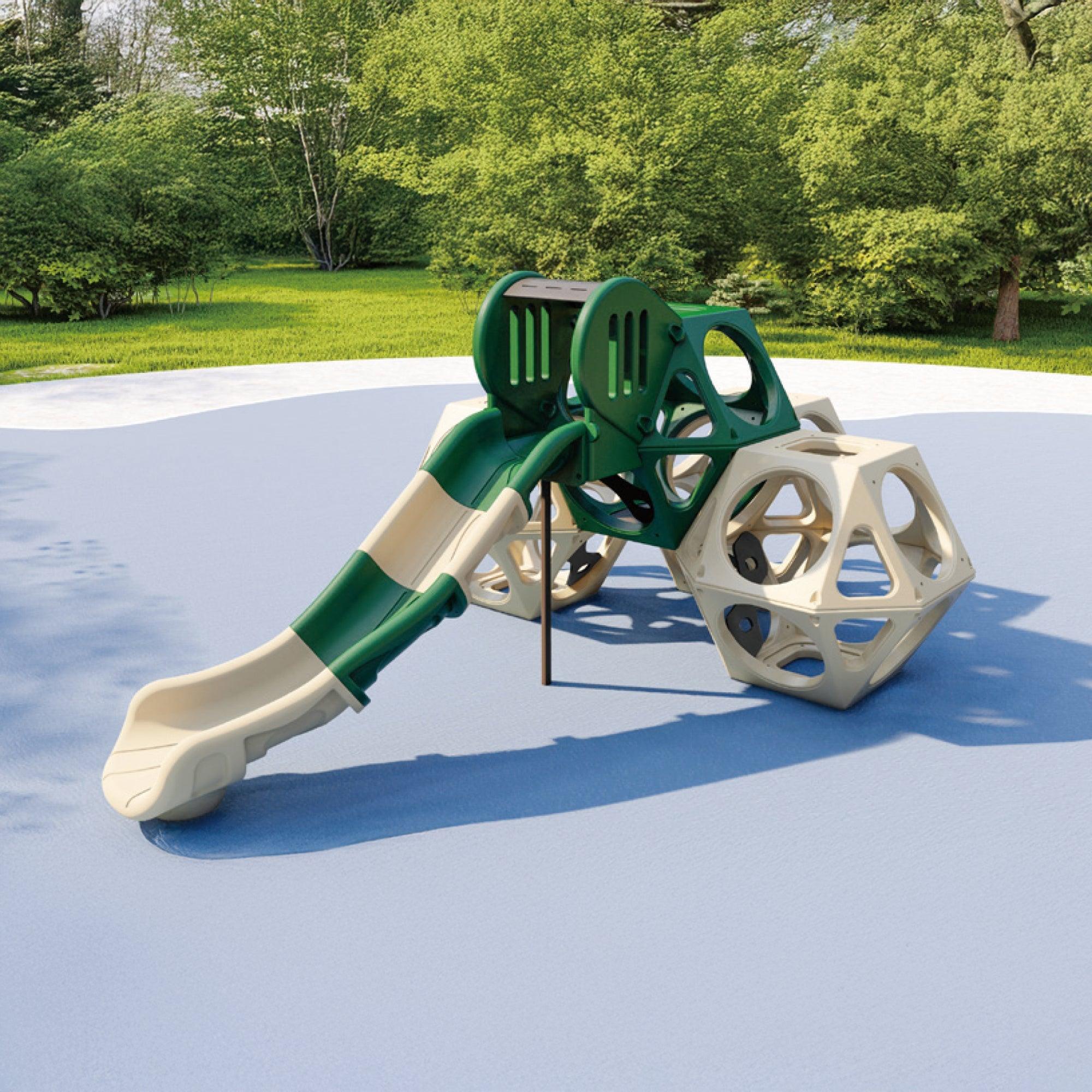Playground Equipment for Head Starts: A Complete Guide to Safe & Engaging Play
Introduction
Creating a safe and engaging outdoor play environment is crucial for early childhood education programs like Head Start. Proper playground equipment fosters physical activity, social interaction, and cognitive development, setting the foundation for lifelong learning. In this guide, we'll explore the best playground equipment for Head Start programs, safety considerations, and how to create an inclusive and fun outdoor space.
Why Outdoor Play is Essential for Head Start Programs
Outdoor play is not just about fun; it plays a vital role in child development. Here's why it's important:
-
Physical Development: Encourages balance, coordination, and strength.
-
Social Skills: Teaches sharing, teamwork, and conflict resolution.
-
Cognitive Growth: Enhances problem-solving, creativity, and decision-making.
-
Emotional Well-being: Reduces stress and builds confidence.
Head Start programs emphasize outdoor play as a key component of learning, making playground equipment a critical investment.
Key Considerations When Choosing Playground Equipment for Head Starts
Selecting the right playground equipment requires careful planning. Consider these factors:
-
Safety Standards: Equipment must meet ASTM and CPSC safety guidelines.
-
Age-Appropriateness: Designed specifically for 3-5-year-old children.
-
Inclusivity: Accessible for children of all abilities.
-
Durability: Made from weather-resistant, long-lasting materials.
Types of Playground Equipment Ideal for Head Start Programs
Head Start playgrounds should have a variety of equipment that promotes different types of play:
1. Climbing Structures
-
Enhances strength, coordination, and confidence.
-
Options: Low climbing walls, rope courses, balance beams.
2. Swings
-
Promotes balance and sensory integration.
-
Options: Bucket swings, tire swings, adaptive swings.
3. Slides
-
Encourages excitement and coordination.
-
Options: Wide, gentle slopes for younger kids.
4. Interactive Play Panels
-
Stimulates learning through hands-on experiences.
-
Options: ABC panels, counting games, music panels.
5. Sensory Play Areas
-
Encourages tactile, auditory, and visual engagement.
-
Options: Sandboxes, water tables, sensory paths.
Safety Standards and Regulations for Head Start Playgrounds
Playground safety is a top priority. Key safety requirements include:
-
ADA Compliance: Ensures accessibility for children with disabilities.
-
CPSC & ASTM Standards: Prevents injuries with proper equipment design.
-
Fall Zone Requirements: Soft surfaces like rubber mulch or foam tiles reduce injury risks.
Inclusive & Accessible Playground Equipment for All Children
An inclusive playground ensures that every child can participate in play. Consider:
-
Wheelchair-accessible ramps
-
Adaptive swings for children with mobility challenges
-
Sensory-friendly play structures for children with autism
Materials and Durability: Choosing the Right Equipment
Different materials impact playground longevity:
-
Plastic: Lightweight, affordable, but may fade over time.
-
Metal: Durable, but can get hot in the sun.
-
Wood: Natural look but requires maintenance.
For longevity, powder-coated metal and UV-resistant plastic are great options.
Budget-Friendly Playground Equipment Options
Playground equipment can be costly, but there are ways to save:
-
Choose modular playsets that grow with the program.
-
Opt for multi-purpose structures instead of individual pieces.
-
Look for second-hand or refurbished equipment from reliable sources.
Grants & Funding for Head Start Playgrounds
Finding funding can make playground upgrades easier. Some options include:
-
Federal & State Grants (e.g., Community Development Block Grants)
-
Nonprofit Organizations (e.g., KaBOOM!)
-
Local Fundraisers & Crowdfunding (e.g., GoFundMe, PTA events)
Best Playground Layouts for Head Start Programs
A well-designed playground maximizes safety and fun. Consider:
-
Zoning areas for active vs. quiet play.
-
Shaded rest spots for hot days.
-
Supervision-friendly layouts for easy monitoring.
Enhancing Learning Through Play Equipment
Educational elements make playtime more valuable:
-
Alphabet & number panels
-
Music play stations
-
Nature-based exploration zones
These tools make learning feel like an adventure!
Maintenance Tips for Playground Longevity
Regular upkeep ensures a safe play area:
-
Inspect equipment monthly for wear and tear.
-
Check for loose bolts, rust, or cracks.
-
Clean surfaces regularly to prevent dirt buildup.
Case Studies: Successful Head Start Playgrounds
Example: Sunnyvale Head Start Program
-
Installed an inclusive sensory play area.
-
Used soft surfacing to reduce injuries.
-
Increased physical activity by 40% in children.
FAQs About Playground Equipment for Head Starts
1. What is the best surface material for a Head Start playground?
Rubber mulch, poured-in-place rubber, or engineered wood fiber are the safest options.
2. How can I make a playground more inclusive?
Include wheelchair ramps, adaptive swings, and sensory play panels.
3. How much does a Head Start playground cost?
Basic setups start at $5,000, while larger installations can cost over $50,000.
4. What are the best grants for playground equipment?
KaBOOM! grants, Head Start facility grants, and local community funding.
5. How often should playground equipment be inspected?
Monthly inspections help identify safety hazards early.
6. Can playgrounds be designed for small spaces?
Yes! Modular and vertical play structures work well for compact areas.
Conclusion: Investing in Quality Playgrounds for Early Learning
A well-designed Head Start playground fosters creativity, learning, and social skills. By choosing safe, inclusive, and budget-friendly equipment, we create joyful outdoor experiences that support early childhood development.
Would you like an image of an ideal Head Start playground design? 😊


